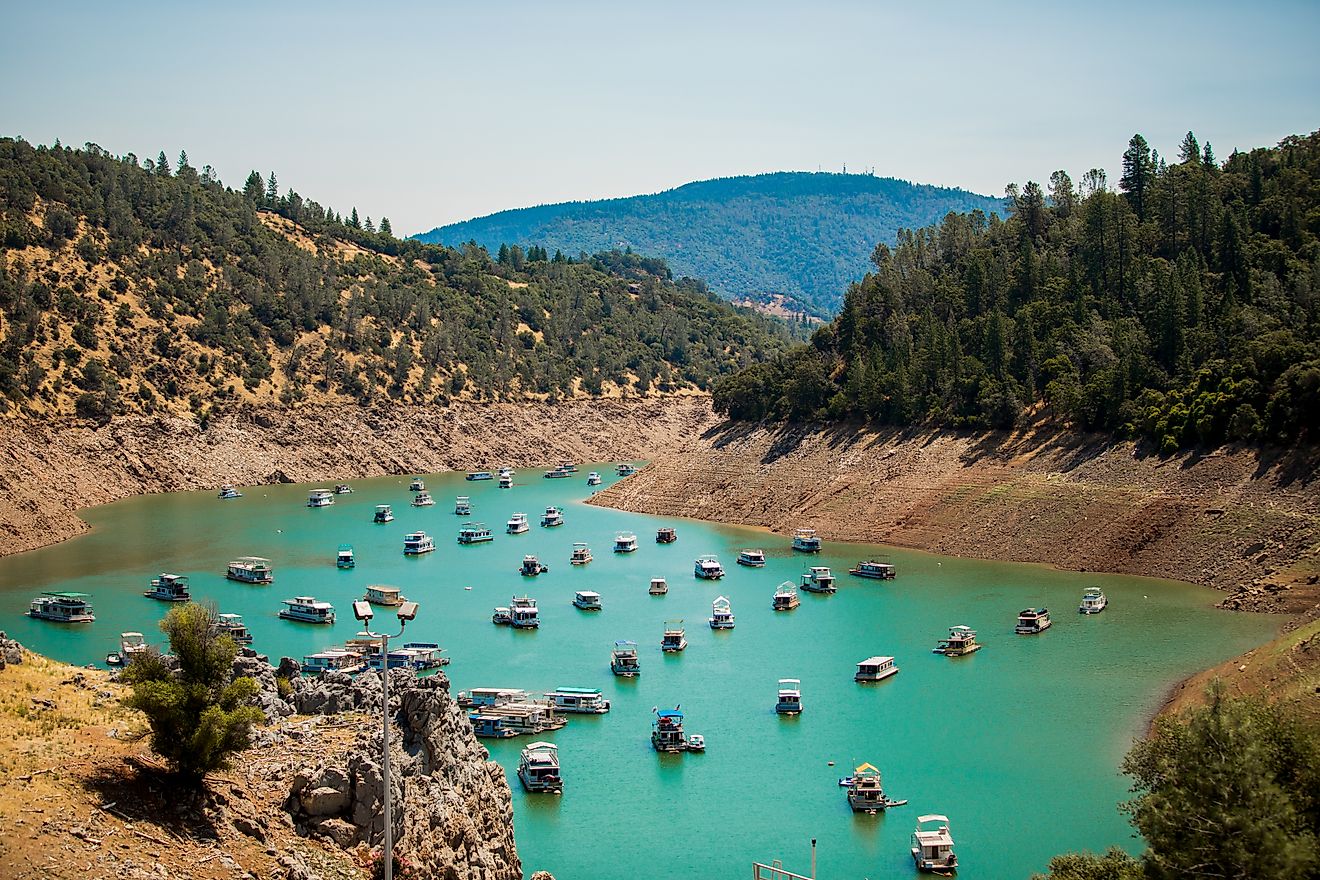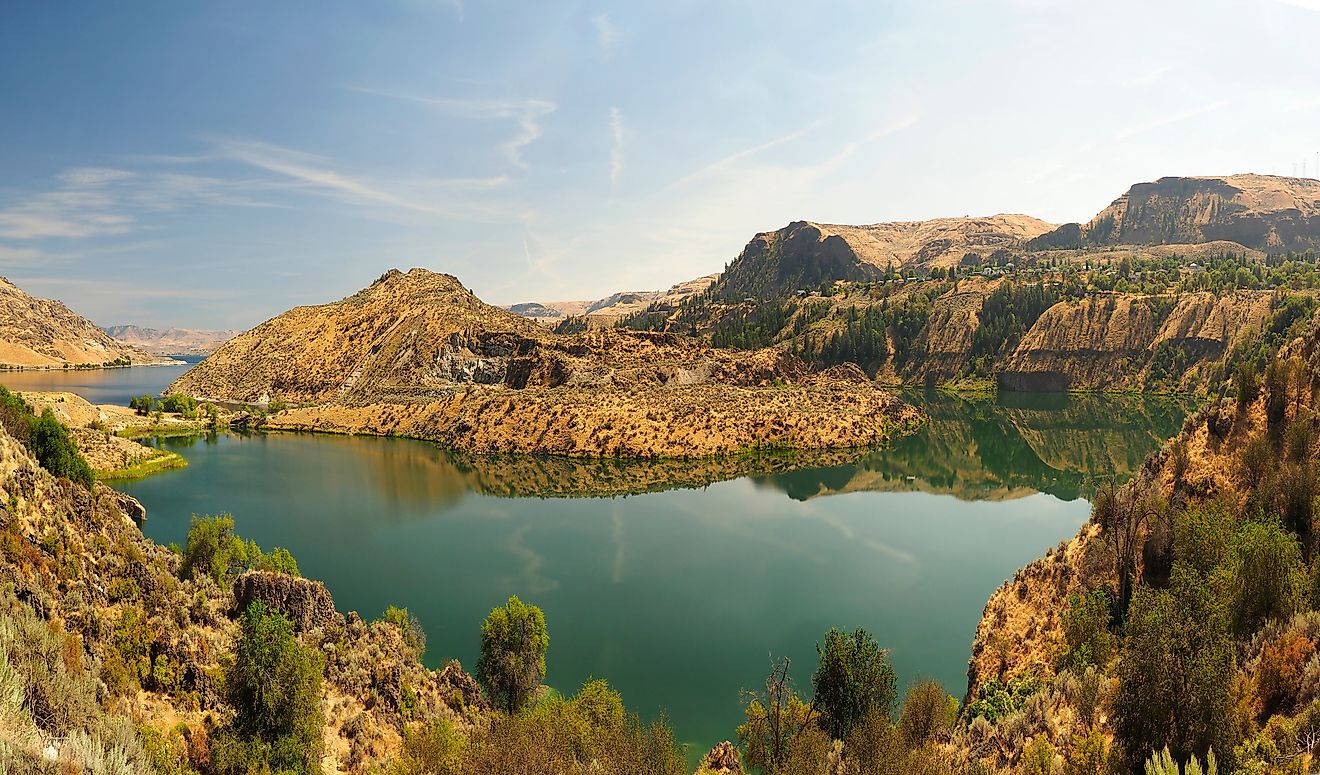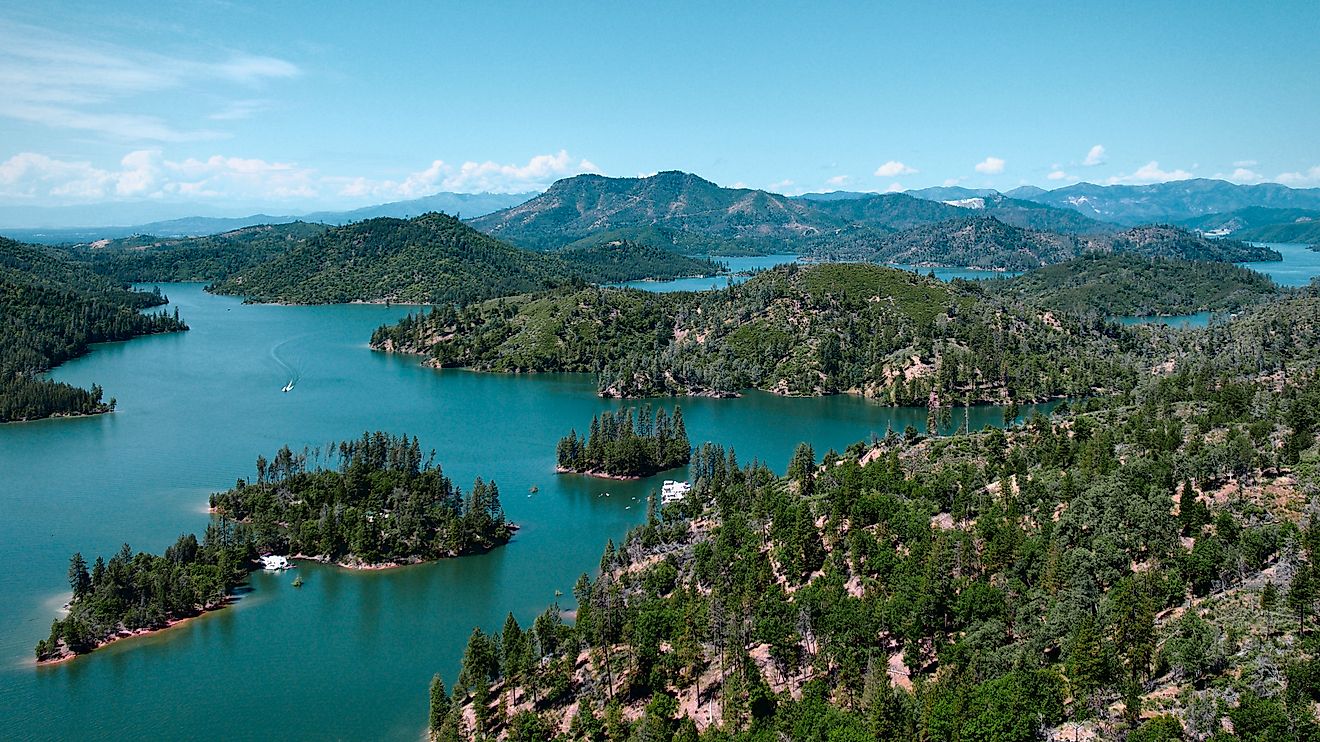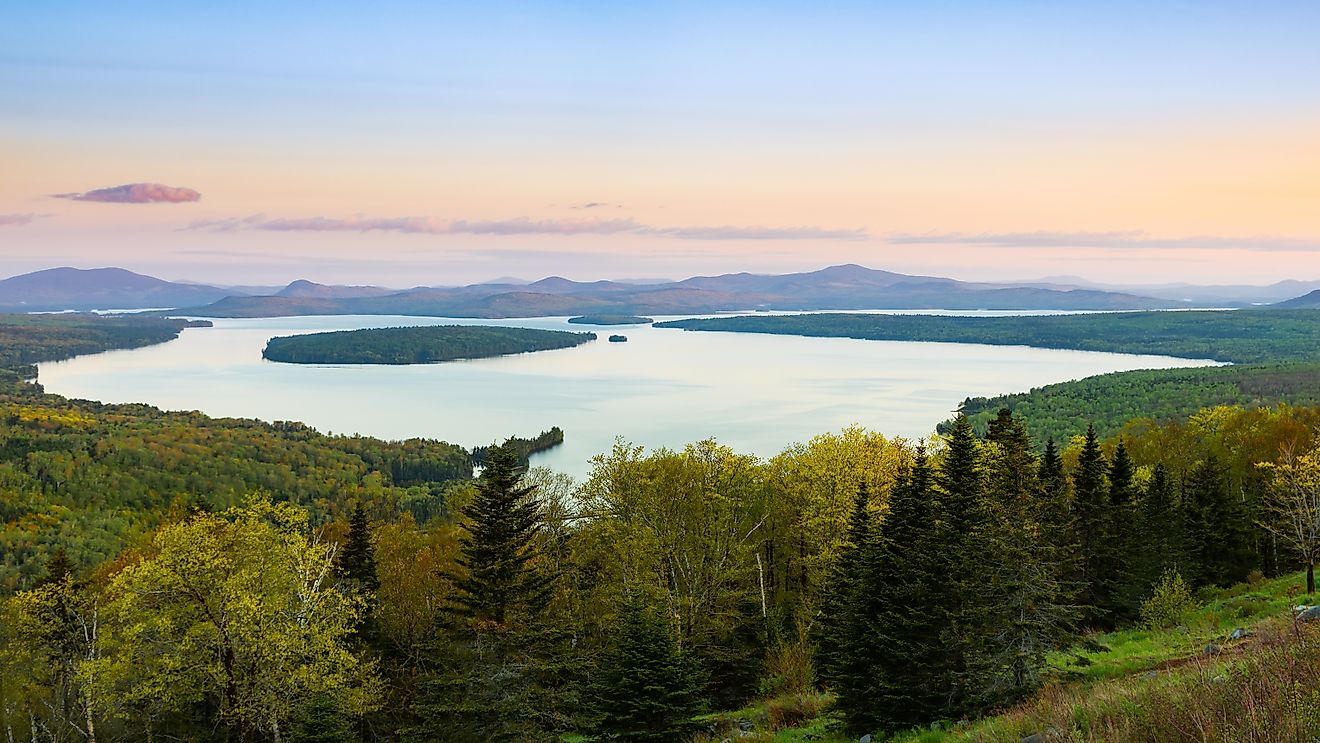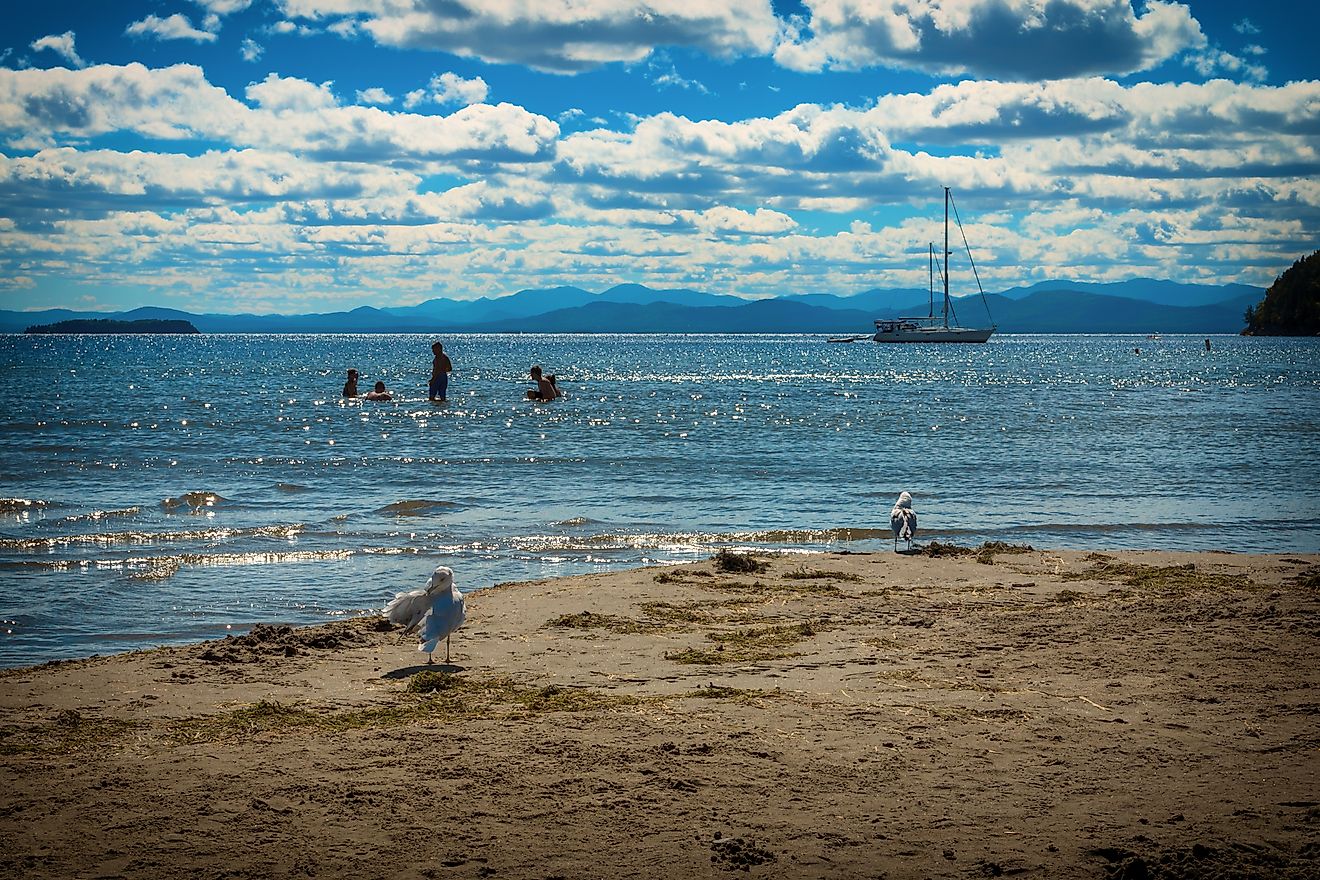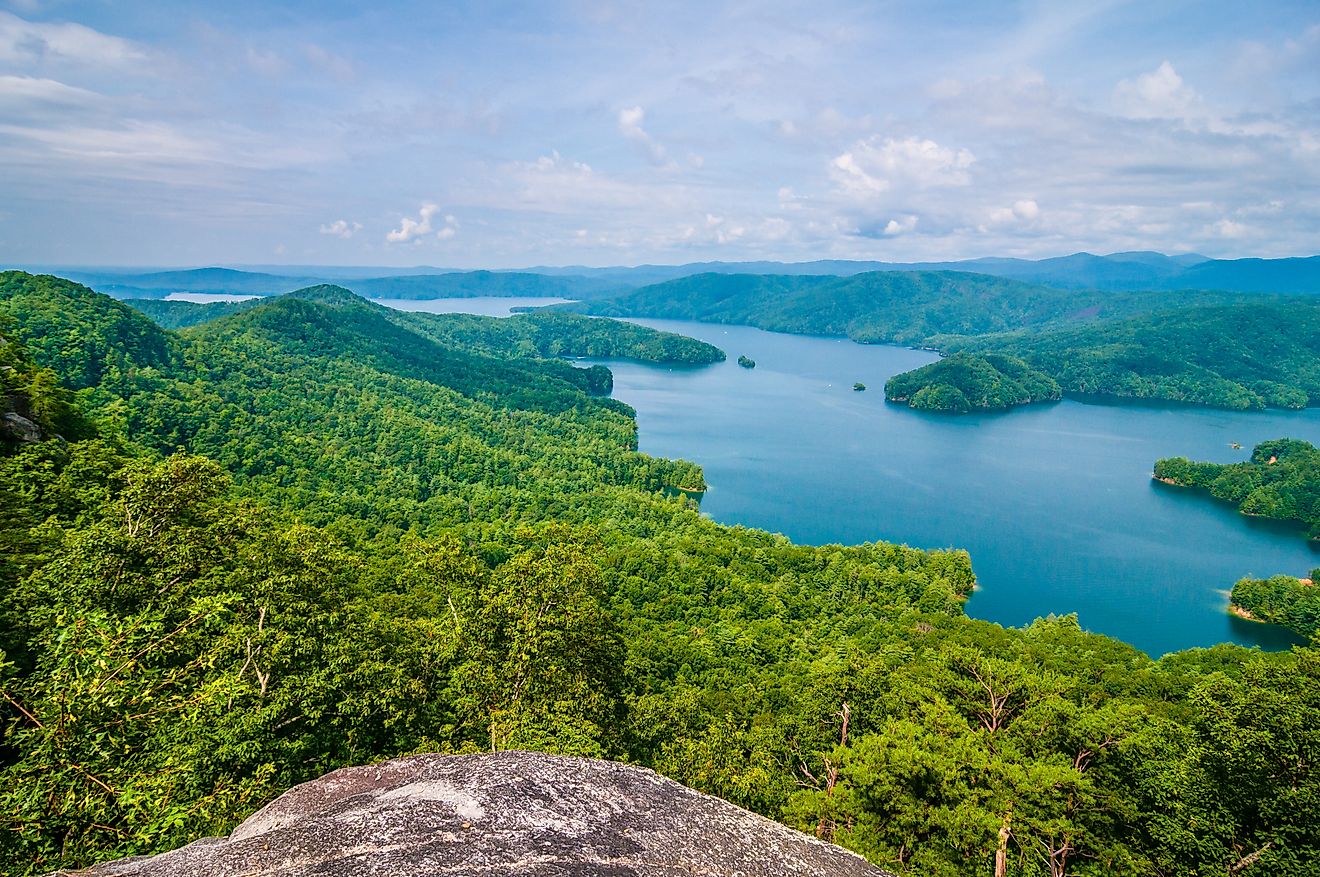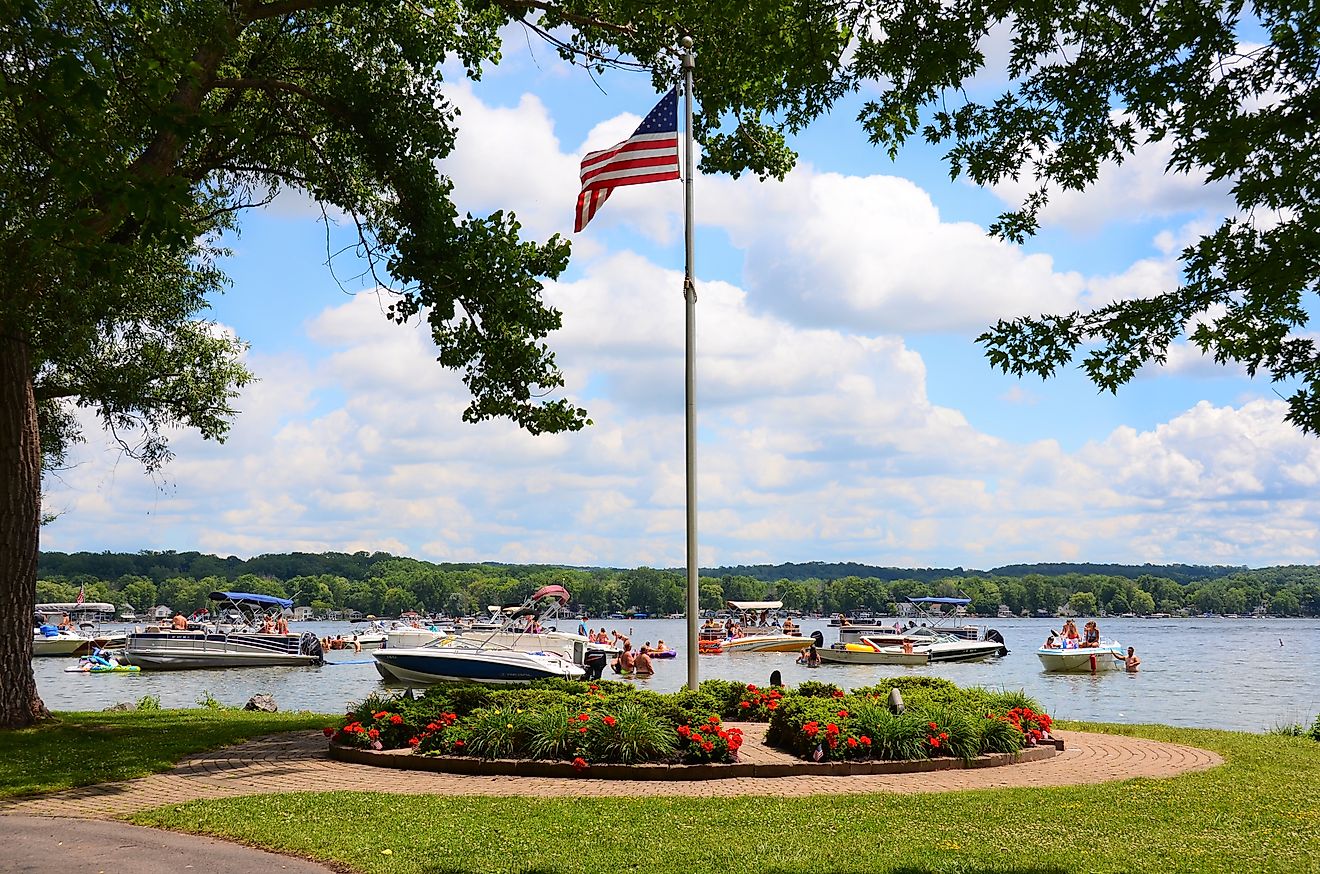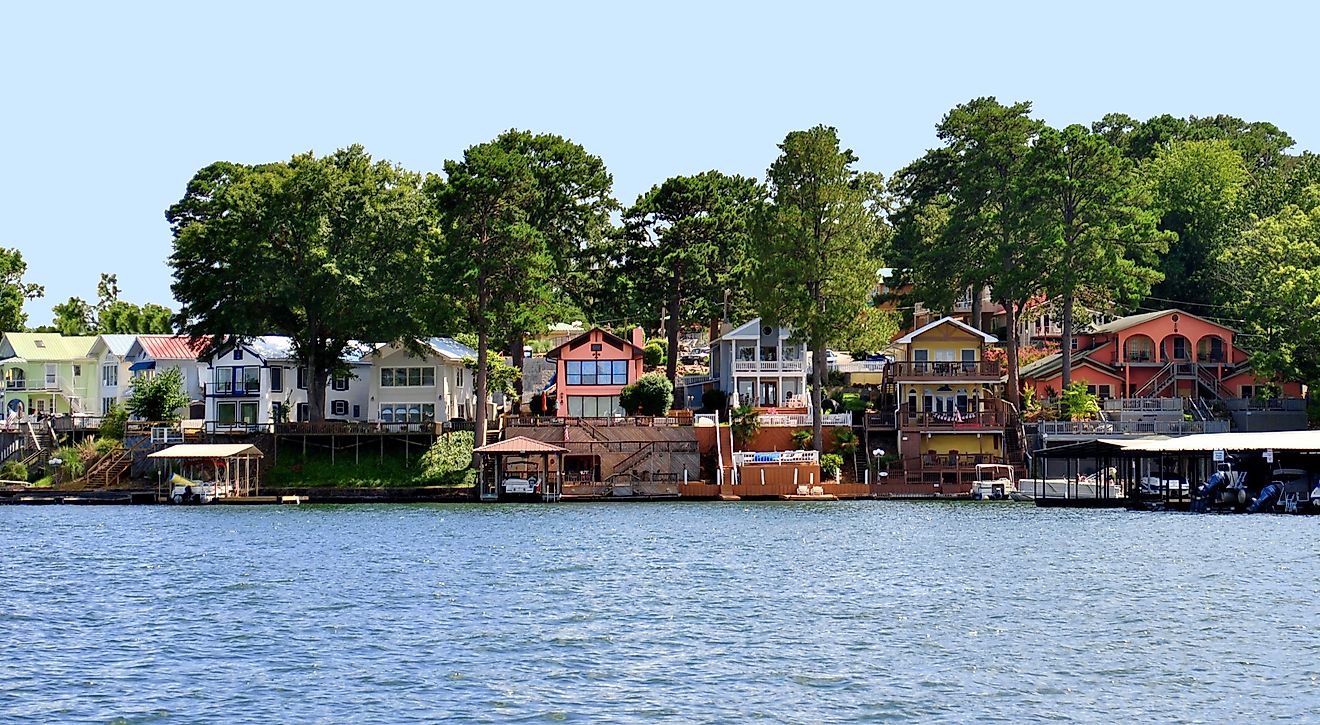
Lake Sakakawea: North Dakota's Largest Man-Made Lake
In the wide-open landscapes of central North Dakota, Lake Sakakawea stretches across the plains as a massive reservoir of water, history, and recreation. Created in the mid-20th century by the construction of Garrison Dam, Lake Sakakawea is not just the largest man-made lake in North Dakota, it is one of the largest reservoirs in the entire United States. Spanning multiple counties and serving as a vital part of the Missouri River Basin, the lake offers a compelling story of engineering, displacement, recreation, and ecological significance.
Where Is Lake Sakakawea?
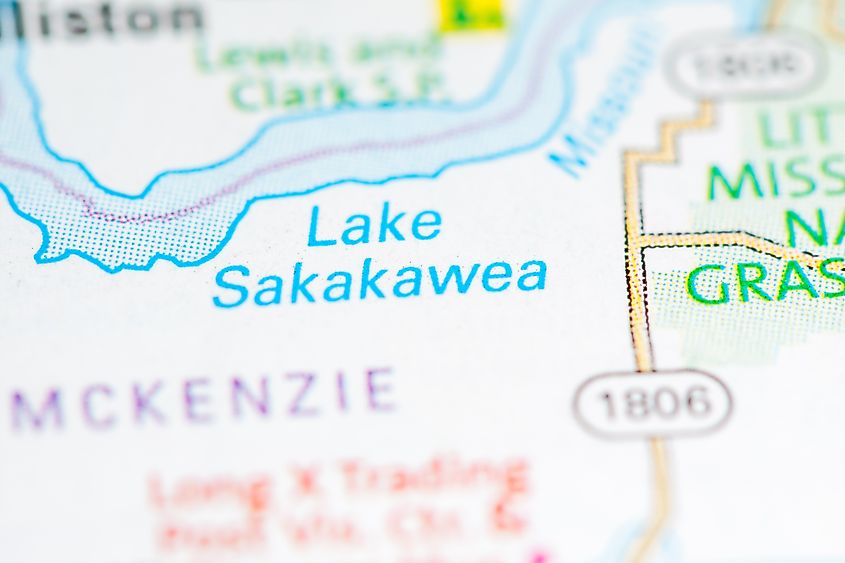
Lake Sakakawea is located in central North Dakota, approximately 50 miles northwest of Bismarck, the state capital. The lake was formed by the damming of the Missouri River and lies within the counties of Dunn, McKenzie, McLean, Mercer, Mountrail, and Williams. The reservoir is about 75 miles from Bismarck by river and stretches hundreds of miles to the northwest, with an average width of 2 to 3 miles and a maximum width of 14 miles at Van Hook Arm.
Named after Sacagawea, the Shoshone-Hidatsa woman who famously accompanied the Lewis and Clark Expedition, the lake pays tribute to her legacy and the region’s Indigenous roots.
Creation and Purpose
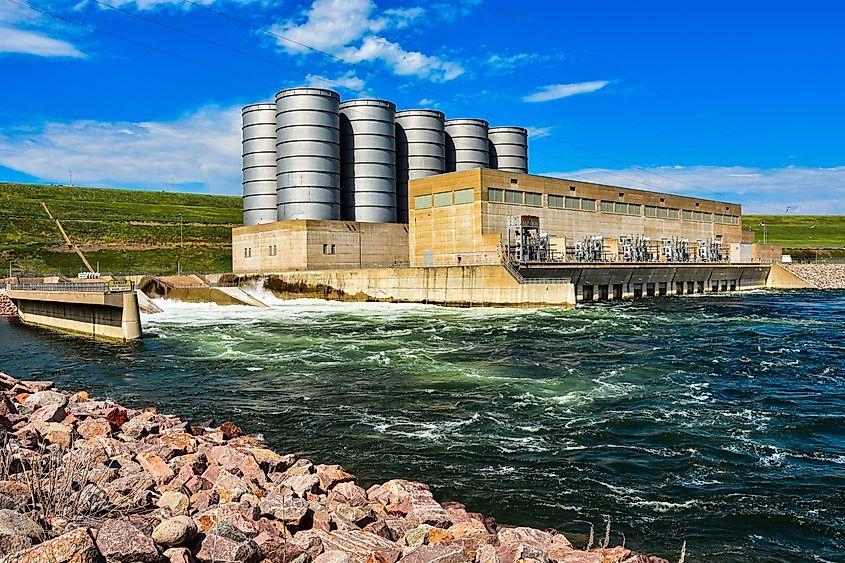
Lake Sakakawea was created by the construction of Garrison Dam, completed in 1956. This monumental engineering feat was part of the Pick-Sloan Missouri Basin Program, a comprehensive water development plan carried out by the U.S. Army Corps of Engineers. Garrison Dam is the second of six main-stem dams on the Missouri River and is the largest in terms of reservoir size.
The dam was built to serve multiple purposes: flood control, hydroelectric power generation, navigation, irrigation, and recreation. By impounding the Missouri River, Garrison Dam created Lake Sakakawea, which ranks as the second-largest man-made lake in the US by surface area (after Lake Oahe) and the third-largest by volume (after Lake Mead and Lake Powell).
The Human Cost: Displacement of Communities
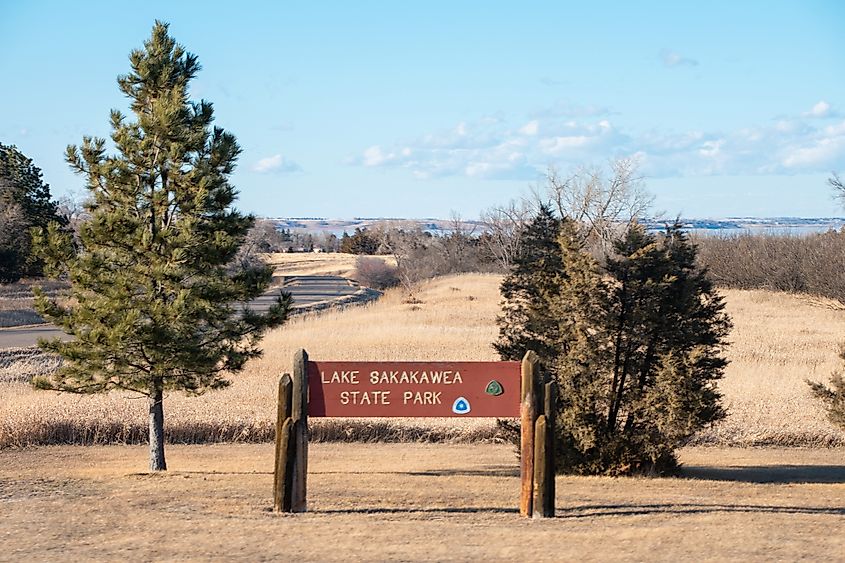
While the creation of the lake brought with it benefits in terms of energy production and water management, it also had deep and lasting consequences for the people who lived in the region. The reservoir inundated vast areas of land belonging to the Fort Berthold Indian Reservation. This included the towns of Van Hook, Elbowoods, and the original Sanish.
These communities were forced to evacuate and relocate. New towns were established, including New Town, White Shield, and Mandaree. In fact, one proposed name for New Town was "Vanish," a haunting combination of Van Hook and Sanish that reflected the loss of these communities.
Although much of Van Hook was believed to be lost under the lake, only the southernmost portions were actually submerged. The majority of the town site, including Main Street and residential areas, remained above water. In recent decades, Van Hook has experienced a resurgence as a recreational hub, with both seasonal and year-round residents.
Elbowoods, another reservation town, was also destroyed. It had been home to the reservation's agency headquarters, boarding school, hospital, and jail. The names of these lost towns now live on in the campground sections at Lake Sakakawea State Park.
A Cold War Mystery Beneath the Ice

Lake Sakakawea is not only a place of natural beauty and historical displacement. In 1969, it became the site of a Cold War-era aviation mystery. On March 10 of that year, a U.S. Air Force F-106A Delta Dart crashed into the frozen western part of the lake during a training flight. The aircraft, based out of Minot Air Force Base, sank beneath the ice, and its location remained unknown for more than three decades.
It wasn't until September 2004 that a group of local surveyors located the wreckage after an extended search effort. The pilot had ejected and survived, but the aircraft's disappearance had puzzled the community for years.
Recreation and Outdoor Activities
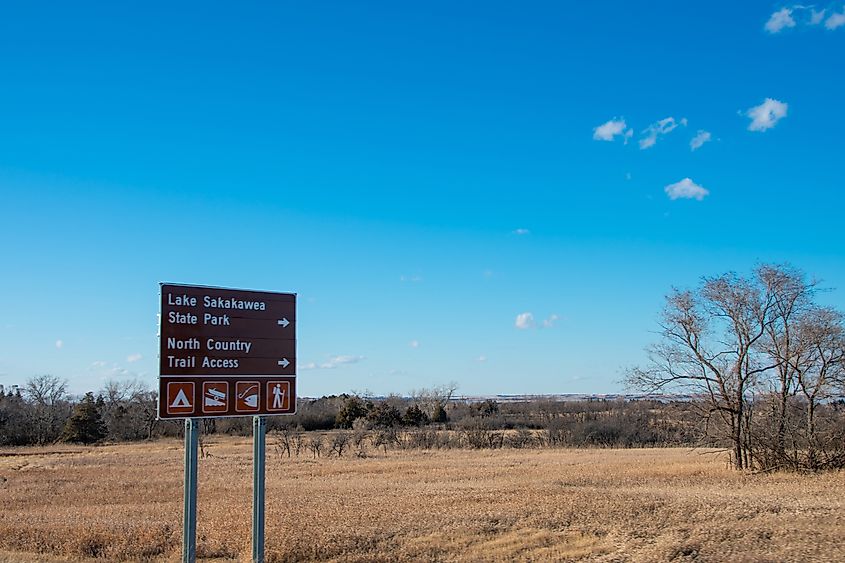
Today, Lake Sakakawea is one of North Dakota’s premier outdoor destinations. The vast expanse of water and surrounding landscapes offer numerous opportunities for recreation. Boating, fishing, swimming, hiking, and camping draw locals and tourists.
Anglers are particularly fond of the lake, which is home to a wide range of fish species including walleye, northern pike, chinook salmon, and smallmouth bass. The lake's size and structure make it ideal for both casual fishing trips and competitive tournaments.
Camping is available throughout the area, including at Lake Sakakawea State Park, which is located near Garrison Dam. The park provides modern amenities and beautiful views of the water, making it a popular destination for families and outdoor enthusiasts.
Hikers can also enjoy the North Country National Scenic Trail, which finds its western terminus at Lake Sakakawea State Park. This 4,800-mile trail stretches all the way to Vermont, making the lake an important stop for long-distance trail users.
Geological and Glacial History
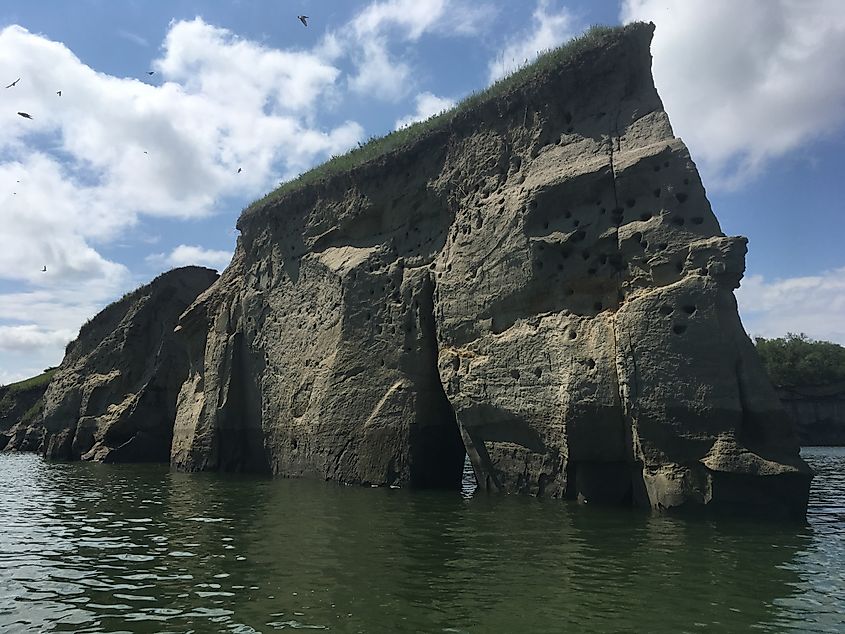
Lake Sakakawea also marks a significant boundary in North American geology. The area near the lake represents the furthest southwestern extent of glaciation during the last Ice Age. This unique geological history has helped shape the topography and soil composition of the surrounding region.
Bluffs, rolling hills, and sediment deposits contribute to the striking visual landscape around the lake. These natural features are not only scenic but also provide insight into the ancient forces that helped mold the North Dakota terrain.
Importance to the Region

Lake Sakakawea is a vital part of the regional infrastructure. It supports agriculture through irrigation, delivers hydroelectric power, and serves as a major reservoir for water supply. Its location in the Missouri River Basin places it at the heart of one of the most critical water systems in the United States.
The economic impact of the lake is also significant. Tourism contributes to local economies, particularly in towns like Garrison, New Town, and Van Hook. Marinas, bait shops, lodging facilities, and restaurants benefit from the seasonal influx of visitors.
Moreover, the cultural legacy of the lake and the communities it affected remains an essential part of its identity. Events, interpretive exhibits, and community initiatives help preserve and honor the stories of those who were displaced and those who now thrive in the region.
A Lake of Complexity and Beauty

Lake Sakakawea is more than a reservoir. It is a complex symbol of progress, sacrifice, resilience, and renewal. Created by one of the most ambitious engineering projects in the mid-20th century, the lake has become a defining feature of North Dakota's landscape.
From the displacement of entire communities to the creation of new economic and recreational opportunities, the legacy of Lake Sakakawea is as deep and far-reaching as the waters it holds. Whether you are casting a line into its vast waters, hiking the North Country Trail, or simply gazing across its scenic shores, you are engaging with a chapter of American history that continues to evolve today.
